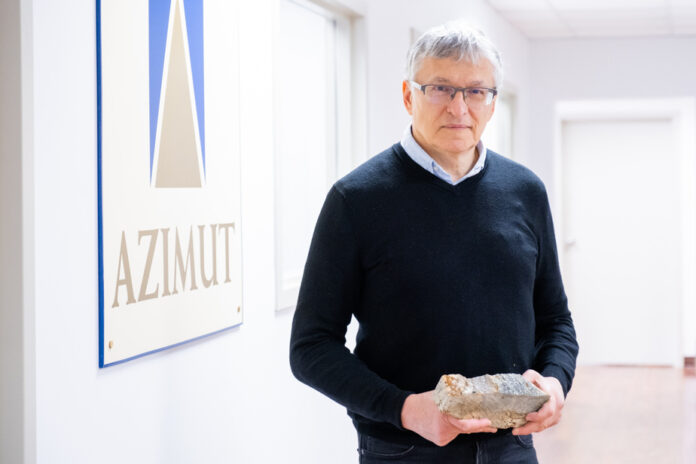Already very present in aluminum and metals in Quebec, the mining and metallurgical giant Rio Tinto increases its sights on the deposits of lithium – a key mineral of the batteries of electric vehicles – which have been located in the James Bay region .
For the second time in less than a month, Rio Tinto has reached an investment and joint venture agreement worth tens of millions of dollars with a mining exploration company in Quebec that holds title to deposits of lithium with very promising potential.
This time, Rio Tinto is partnering with Azimut Exploration for the development of lithium deposits identified as Corvet and Kaanaayaa. These two properties with mining potential are located in the vast region of large reservoirs and dams-dikes of the La Grande hydroelectric complex, near James Bay.
According to the management of Azimut Exploration, the Corvet and Kaanaayaa mining properties have “significant lithium potential supported by regional geoscientific data and by their strategic location in an important emerging lithium district”.
Azimut management also indicates that these two mining properties also have “high potential” for complementary mineralization of copper and gold, as well as nickel and cobalt.
Three weeks ago, in mid-June, it was with the company Exploration Midland that the giant Rio Tinto had concluded an investment agreement with an announced value of 65.5 million. This agreement includes a major equity investment in the property and in the upcoming detailed qualification work on a dozen high-grade lithium mining properties also located in the James Bay region.
In an interview with La Presse a month ago, when media and political attention on the “battery industry” in Quebec was in full swing, Jean-Marc Lulin, President and CEO of Azimut Exploration, indicated that the Quebec mining sector was “in an emerging phase of James Bay-wide discoveries for lithium. The potential, not just with us, but with other [mineral explorers], is very encouraging.”
They ended modestly up 1.2%, or 2 cents, at $1.27 per share, which was still enough to boost Azimut’s market capitalization to just above $100 million.















